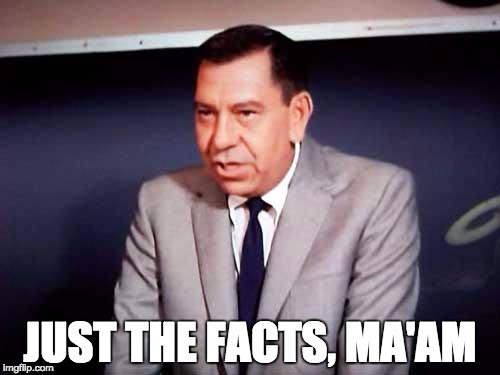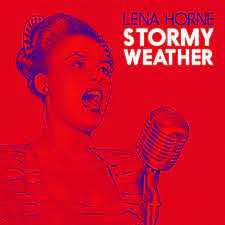The author of a popular inspirational book sued a school district for copyright infringement when a softball team and color guard posted an excerpt from it (the “WIN Passage”) on Twitter. The Fifth Circuit affirmed the district’s successful defense based on the defense of fair use, in an analysis both succinct and encyclopedic:
- “[T]he purpose and character of the use, including whether such use is of a commercial nature or is for nonprofit educational purposes.” “This involves a few considerations. The first and most obvious is commerciality—’whether the user stands to profit from exploitation of the copyrighted material without paying the customary price.’ The second is whether the user acted in good faith. The third is whether the use is ‘transformative,’ meaning it ‘adds something new’ to the copyrighted work. The school district does not assert that its use was transformative but argues the other inquiries tip the first factor in its favor. We agree.”
- “[T]he nature of the copyrighted work.” “’In general, fair use is more likely to be found in factual works than in fictional works.'” Here, ”[c]onstruing the pleadings in Bell’s favor as we must, the WIN Passage is somewhat creative. The passage largely consists of well-worn truisms …. Still, Bell is entitled to the inference that the school chose the WIN Passage because it combines and condenses these principles in a particularly inspiring way. The second factor goes to Bell. But it is a meager victory. The nature of the work is widely considered the least significant fair-use factor.”
- “[T]he amount and substantiality of the portion used in relation to the copyrighted work as a whole.” “The school quoted a small excerpt from [the book] Winning Isn’t Normal, which was already freely available to the public. As a result, the third factor is neutral.”
- “The fourth factor examines ‘the effect of the use’ on the market for and value of the copyrighted work.” “[Bell’s] complaint contends that widespread
use of the WIN Passage on social media could reduce “the incentive to
purchase Winning Isn’t Normal or related merchandise. … The tweets do not
reproduce such a substantial portion of Winning Isn’t Normal‘ as to make
available a significantly competing substitute’ for the original work. If anything, the properly attributed quotation of a short passage from Winning Isn’t Normal might bolster interest in the book; it is free advertising.”
Bell v. Eagle Mountain Saginaw ISD, No. 21-10504 (Feb. 25, 2022) (all citations omitted).







